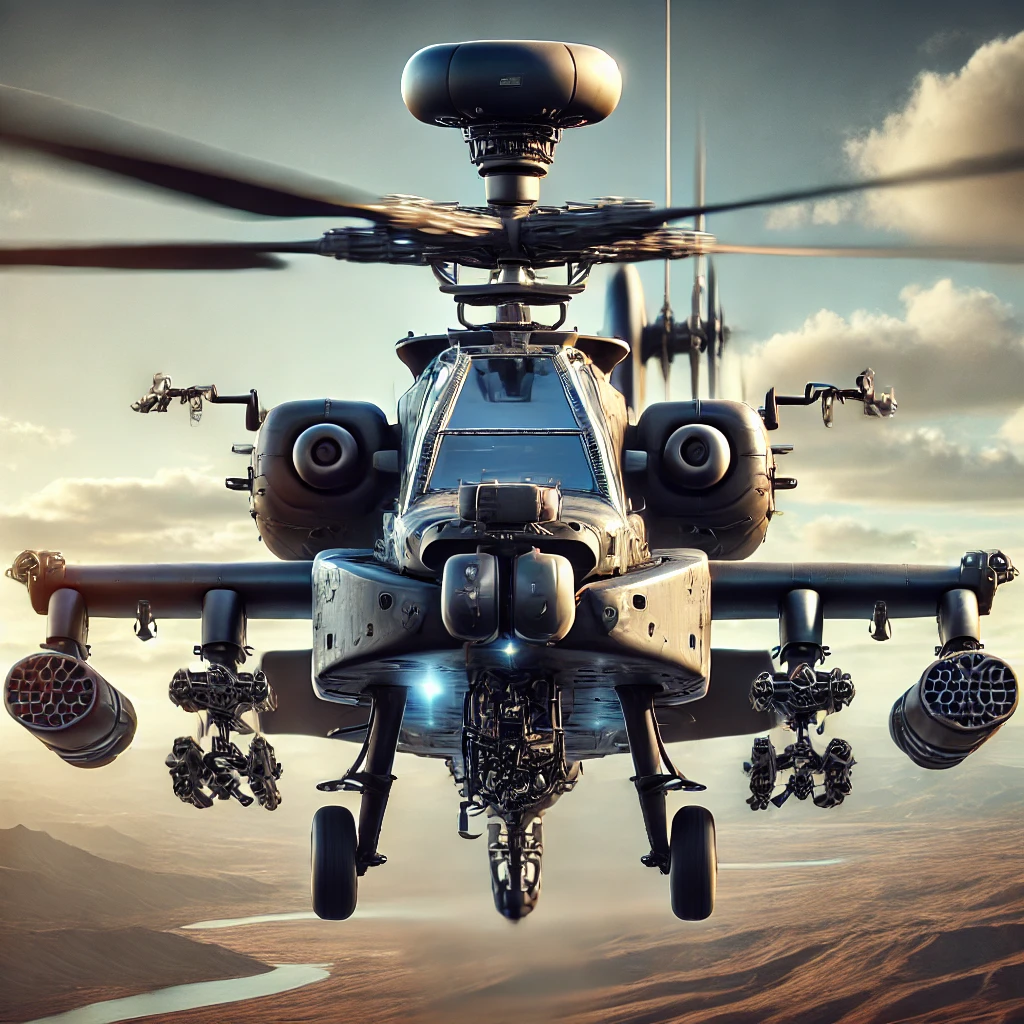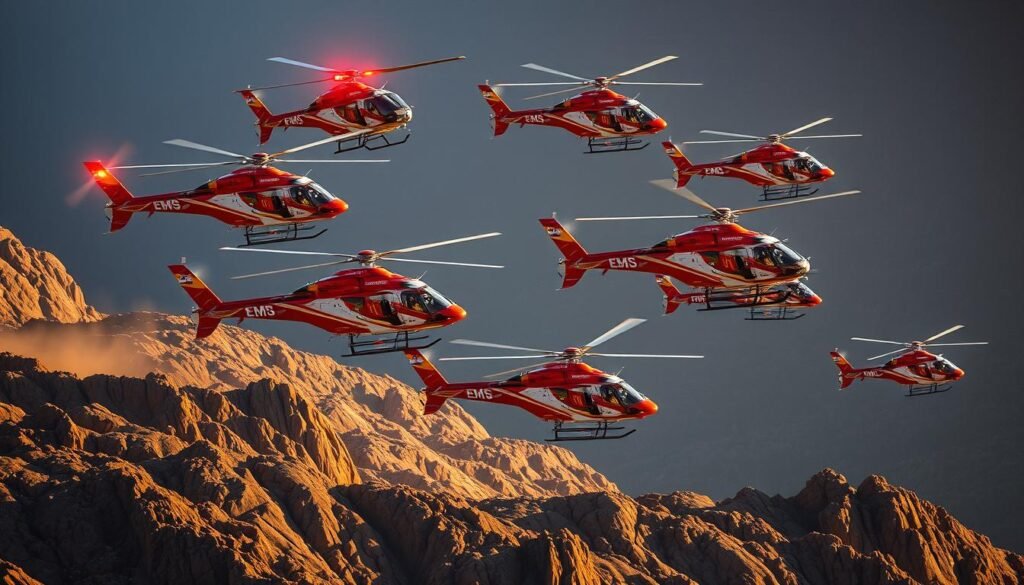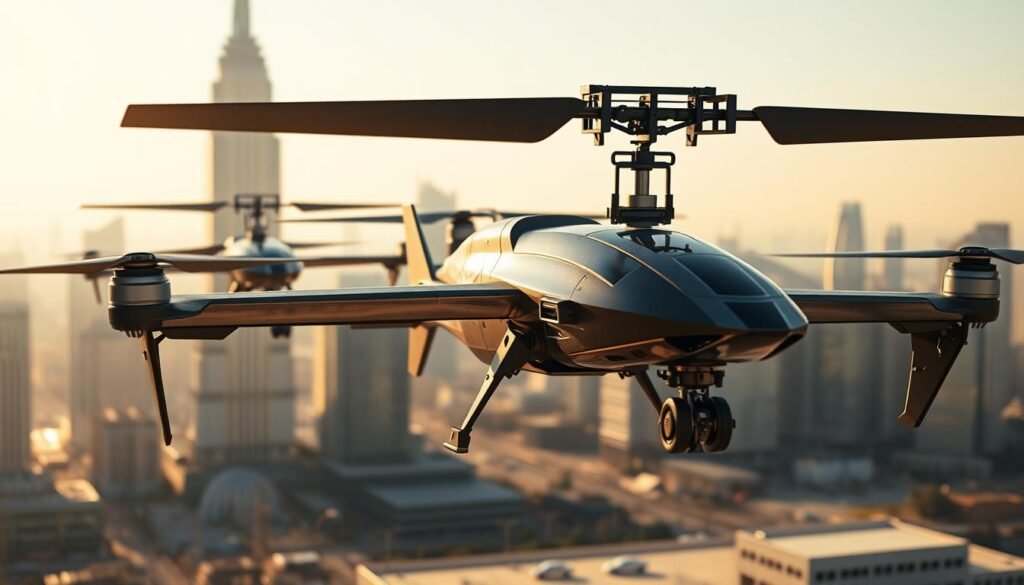Attack helicopters have become an essential component of modern military forces, offering unparalleled versatility, firepower, and maneuverability. Since their inception, these helicopters have evolved dramatically, incorporating cutting-edge technology and sophisticated weaponry. This evolution has transformed attack helicopters into formidable assets capable of engaging ground targets, providing close air support, and even participating in reconnaissance missions.
In this article, we explore the history of attack helicopters, examine key models that have shaped the development of this category, and highlight their vital capabilities in modern warfare.
1. The Early Days of Attack Helicopters
The concept of attack helicopters emerged during the late 1950s and early 1960s, as militaries realized the potential of rotary-wing aircraft in providing direct support to ground forces. The ability to hover, fly at low altitudes, and engage targets with precision gave helicopters a unique edge in combat situations.
Bell UH-1 Iroquois (“Huey”)
One of the first helicopters to be widely used in combat was the Bell UH-1 Iroquois, more commonly known as the “Huey.” Initially designed for transport and medical evacuation during the Vietnam War, the Huey was later equipped with machine guns and rocket pods, making it one of the earliest examples of an armed helicopter providing air support.
- First Flight: 1956
- Top Speed: 125 knots (144 mph)
- Key Capabilities: Troop transport, medical evacuation, armed escort
The success of the Huey highlighted the need for dedicated attack helicopters with better armament and survivability in hostile environments.
2. The Birth of Dedicated Attack Helicopters
Following the Huey’s success, militaries around the world sought to develop helicopters specifically designed for attack missions. These aircraft would be armed to the teeth, capable of carrying out both offensive and defensive operations.
AH-1 Cobra
The Bell AH-1 Cobra was the first dedicated attack helicopter, introduced during the Vietnam War. With its narrow profile, tandem seating, and powerful armaments, the Cobra was a significant advancement in attack helicopter design. Its agility and firepower made it a crucial asset for providing close air support and engaging enemy forces on the ground.
- First Flight: 1965
- Top Speed: 171 knots (197 mph)
- Key Capabilities: Rocket pods, TOW anti-tank missiles, machine guns
The Cobra’s success led to further development of more advanced and specialized attack helicopters.
3. The Modern Era of Attack Helicopters
As technology advanced, so did the capabilities of attack helicopters. Modern helicopters are equipped with advanced avionics, radar systems, and precision-guided weaponry, making them highly effective in modern combat environments.
AH-64 Apache
The Boeing AH-64 Apache is perhaps the most iconic attack helicopter of the modern era. First introduced in the 1980s, the Apache is renowned for its deadly combination of agility, firepower, and advanced targeting systems. Equipped with a 30mm chain gun, Hellfire missiles, and Stinger missiles, the Apache can engage ground targets, vehicles, and even other aircraft.
- First Flight: 1975 (Operational from 1986)
- Top Speed: 164 knots (189 mph)
- Key Capabilities: 30mm chain gun, Hellfire missiles, Stinger missiles, Longbow radar for precision targeting
The Apache has proven its capabilities in numerous conflicts, including the Gulf War, the Iraq War, and the War in Afghanistan.
Eurocopter Tiger
The Eurocopter Tiger (now produced by Airbus Helicopters) is a European attack helicopter developed to meet the needs of various NATO members. Known for its agility and advanced avionics, the Tiger is used by countries such as France, Germany, and Spain. It features a versatile weapons loadout, including rockets, anti-tank missiles, and a 30mm cannon.
- First Flight: 1991
- Top Speed: 145 knots (167 mph)
- Key Capabilities: Rockets, 30mm cannon, anti-tank missiles
The Tiger has been employed in counterterrorism operations and peacekeeping missions, showcasing its flexibility and precision.
4. Key Capabilities of Modern Attack Helicopters
Modern attack helicopters are designed with several key capabilities that allow them to excel in combat:
1. Precision Targeting Systems
Attack helicopters like the Apache and Tiger are equipped with advanced targeting systems, including laser-guided systems, infrared cameras, and radar. These systems allow helicopters to engage targets with high accuracy, even in challenging environments such as night operations or adverse weather.
2. Anti-Tank and Air-to-Ground Missiles
Attack helicopters are typically armed with anti-tank guided missiles (ATGMs) such as the Hellfire or TOW missiles. These missiles can destroy heavily armored vehicles, including tanks, at long ranges. Some attack helicopters are also equipped with air-to-ground missiles, enabling them to engage ground forces, fortifications, and enemy infrastructure.
3. Close Air Support
One of the most critical roles of attack helicopters is providing close air support (CAS) to ground troops. Their ability to fly at low altitudes, hover, and engage targets directly makes them ideal for supporting infantry, especially in urban or mountainous terrains.
4. Air-to-Air Combat
While primarily designed for ground attack, many modern attack helicopters are also capable of engaging airborne threats. With the integration of air-to-air missiles such as the Stinger or Sidewinder, helicopters like the Apache can defend themselves against enemy aircraft.
5. Future Developments in Attack Helicopters
The future of attack helicopters is being shaped by advancements in technology, including autonomous systems, artificial intelligence, and new propulsion methods. Some key trends in the future development of attack helicopters include:
1. Unmanned Combat Helicopters
As drone technology advances, the possibility of unmanned combat helicopters is becoming more realistic. These helicopters could be used in high-risk environments without endangering pilots, performing reconnaissance and attack missions autonomously or under remote control.
2. Stealth Capabilities
Future attack helicopters may feature enhanced stealth capabilities, reducing their radar and thermal signatures. This would allow them to operate more effectively in contested environments where enemy air defenses are a significant threat.
3. Electric and Hybrid Propulsion
As sustainability becomes a key focus, manufacturers are exploring electric and hybrid propulsion systems for helicopters. These systems could improve fuel efficiency, reduce emissions, and provide quieter operations, making attack helicopters harder to detect.
Conclusion
Attack helicopters have come a long way since their inception, evolving into highly capable and versatile machines that play a crucial role in modern warfare. From the early days of the UH-1 Huey and AH-1 Cobra to the advanced capabilities of the AH-64 Apache and Eurocopter Tiger, these helicopters have proven their worth in combat across the globe.
As technology continues to advance, the next generation of attack helicopters will likely incorporate even more sophisticated systems, enhancing their survivability, lethality, and adaptability in the ever-changing landscape of warfare. Attack helicopters will undoubtedly remain a vital component of military operations for years to come.
Related Articles
- Medical Transport Helicopters: Critical Features and Models for Emergency Flights
- Helicopter Drones: The Future of Unmanned Aerial Systems
- Helicopters for Offshore Oil and Gas Operations: Transporting Workers and Equipment
- Helicopters in Tourism: The Best Models for Scenic Tours
- Helicopters for Police and Law Enforcement: Surveillance and Patrol Capabilities
More from This Category
- The Evolution of Attack Helicopters: Key Models and Their Capabilities
- Utility Helicopters: The Workhorses of the Sky
- Trainer Helicopters: The Best Models for Learning to Fly
- Helicopters for Aerial Photography and Filmmaking: Top Picks for Capturing the Perfect Shot
- Luxury Helicopters: The Best Models for Private and Corporate Use
- Heavy Lift Helicopters: Moving Large Cargo and Equipment
- Agricultural Helicopters: Aerial Spraying and Crop Management
- Rescue and EMS Helicopters: How They Save Lives in Critical Situations
- Military Helicopters: Key Models and Their Combat Roles
- The Different Types of Helicopters: From Light Utility to Heavy Lift



